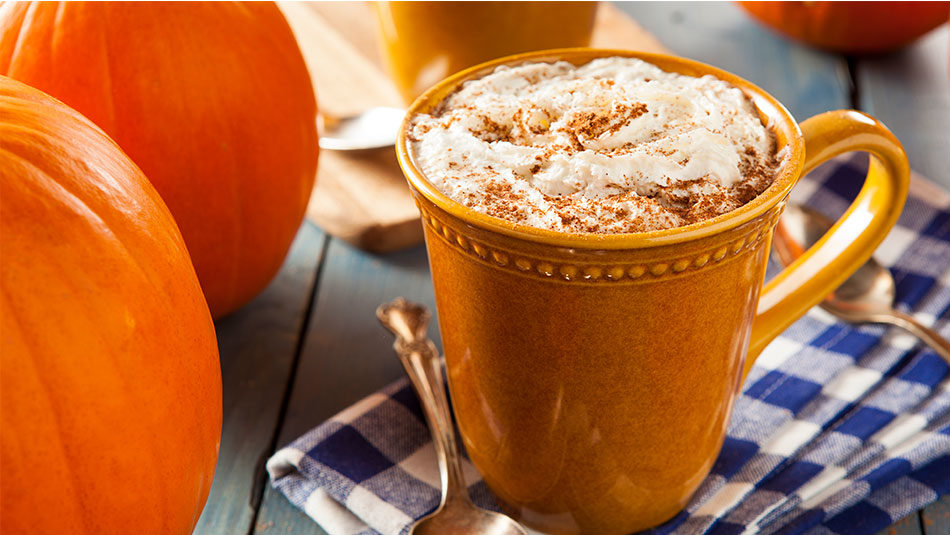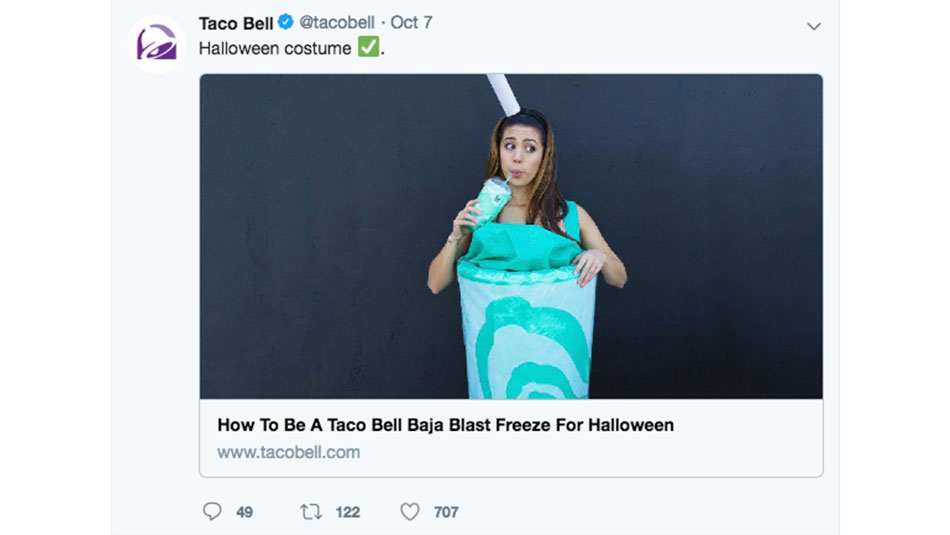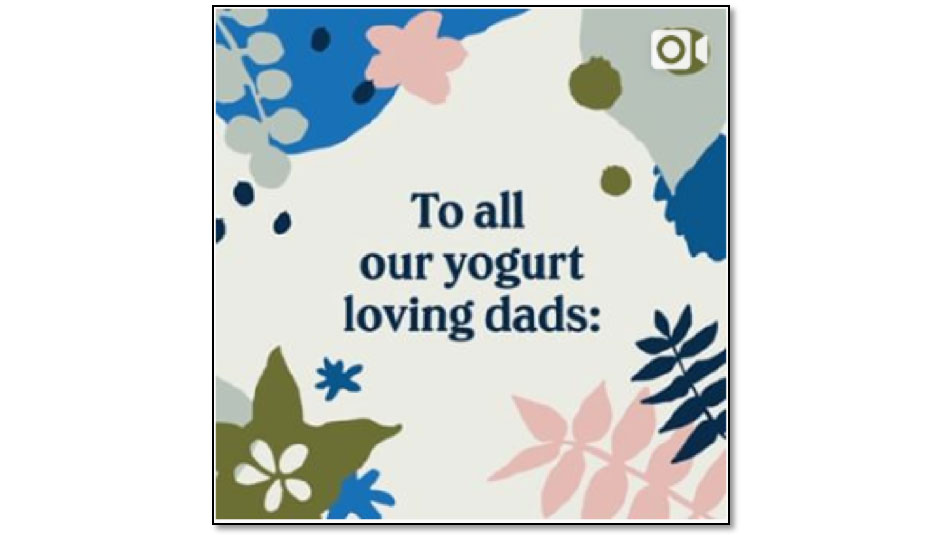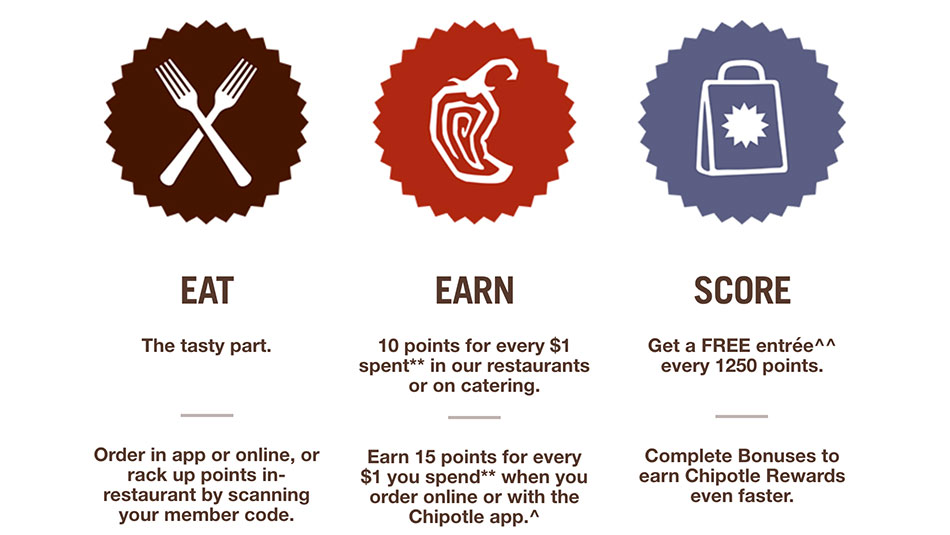
Food Marketers: Unlock the Magic of Seasonal Marketing
Forget the leaves changing, the fall season officially kicked off August 28, folks. That’s the day Starbucks began selling its seasonal favorite, the Pumpkin Spiced Latte. Or the “PSL” to anyone born after 1981. What’s up with this magical drink? Is it the 50 grams of sugar that has people hooked? As a food marketer with roots in the fashion industry, I think there’s a lot we can learn from this seasonal marketing story. So, let’s take a closer look.
Since launching in 2003, Starbucks has sold 350 million PSLs at an average $4.95 a cup. That’s an estimated $1.4 billion in sales. But they’re not the only company cashing in on this seasonal delight. The pumpkin-flavored market reached $488.7 million in 2017 according to Nielsen. If you thought it was on decline, that’s an increase of 15.5% over the previous year. And, consumers now have more options to indulge, from M&Ms, Oreos, cereals, cottage cheese, and flavored nuts to lotions, cosmetics, home fragrances, and apparel. It’s safe to say, Pumpkin Spice has become as synonymous to the season as jack-o-lanterns, turkeys, and Santa Claus.
This begs the question, are there other seasonal opportunities throughout the calendar year? And if so, what is the key to having a successful seasonal marketing campaign?
Consumer Anticipation Drives Demand
While the holiday season encompasses arguably three of America’s favorite holidays (Christmas, Thanksgiving, Halloween), other occasions throughout the year are also momentous to consumers. From New Year’s resolutions, Valentine’s Day, and spring break to the last day of school, first day of summer, 4th of July, summer vacations, and back-to-school. The consumer calendar is very different from our food brand’s calendar. An obvious point but one we often forget as we busily support our harvest season and new product launches in an effort to meet quarterly business goals. It’s vital to remember, consumers don’t think in terms of launch dates and quarter end. They’re too busy living!
As food marketers we need to identify events in the consumer calendar that correlate to our brands. Then, find authentic opportunities to become relevant during these times. Think of Corona and their long-standing “Find Your Beach” summer campaigns. Some may argue they effortlessly became synonymous with summer.
A Successful Moment vs. a Cultural Icon
Not every food product can become an icon so this shouldn’t be your goal. Instead, let’s focus on meaningful opportunities that impact a customer’s personal story. This approach demands a hyper-targeted strategy that can be scaled as you find success.
In this fast-paced, digitally-driven market, it’s easy to get swept away with the noise of the moment. But long-term product adoption takes a good, personalized food marketing strategy and time. Remember, the PSL was first introduced in 2003 at only 100 selected stores. Feedback was overwhelmingly positive so they rolled out nationwide the following year. However, popularity didn’t soar until 2012 when their advertising began. Today, there are more than 1.5M mentions of #pumpkinspice on Instagram and over 400 PSL-inspired food products available in the marketplace.
As personalization in food marketing continues to evolve in new ways, check out what Habit is doing at the convergence between DNA testing and the wellness movement. OR, what Chipotle is doing with its newly announced loyalty program. Did you notice they’re launching in only three test markets?
You Can Never Have Too Many [New] Friends
If you’ve been involved with marketing for any length of time you live by the old adage, “the only constant is change.” And perhaps more than any other sector, food marketers know this better than most. Literally.
It’s estimated we start with 10K taste buds and they change every two-weeks. Over time, these buds aren’t replaced which is why some foods taste different, even stronger to a younger consumer. This gives a whole new meaning to acquired taste. The fact is, every day our customers are changing and biology shows us taste can be a fickle thing. This is why our food marketing strategy needs to keep customer acquisition at the top of its to-do list.
Innovation and what some are calling “people marketing,” are the heartbeat of the modern acquisition strategy. As consumers put more value on experience vs. status and personalization vs. mass market, they are rewarding brands taking steps to meet them on their terms. Brands doing both well – innovating without losing touch – are being recognized. Let’s look at Butterball as another example. This food brand is leveraging a 30-year-long tradition and working cross-channel to build trust over the holidays. Instead of automating it’s “turkey talk line,” Butterball still opens a hotline each November to field questions from nervous first-time holiday hosts. Now available via phone, text, and email, the brand answers more than 10K messages each holiday. And, according to Econsultancy, 75% of its customers prefer a human touch over digital communication.
Are you Sharable?
It’s no secret food is a top-performer when it comes to content on social so this is a short, but important point. As food marketers we inherently have an advantage in this space but, are we reaching our potential?
Long gone are the days when social was a side project for someone on your team. Today’s social departments are robust, nimble, up-to-date on the latest trends, highly organized, and have a sizable budget. Your social channels are the melting pot of your brand’s identity, voice, and values. Done right, they can perfectly represent your brand, over and over, in bite-sized pieces worthy of being shared. Nothing more, nothing less. Easy you say? Not so much. Managing the social footprint of a brand is a 24/7, very tough job. The social world can be brutal but quick to move-on. This is a great avenue for being bold and pushing boundaries. Take a look at Taco Bell, Chobani, and a few others who are crushing it on their favorite channels.

 ‘Tis the Season for Your Food Brand
‘Tis the Season for Your Food Brand
As we enter into this holiday season, are you in touch with you consumers? Do you know how they engage with your brand during this time of the year? Does it differ from other moments throughout the calendar year? If so, recognize this and build your food brand’s seasonal marketing plans from there. As you contemplate all the big (and micro) consumer moments on the horizon, can your brand own any of them in some way? Perhaps a PSL-fueled brainstorming session will get the team fired up? Enjoy and seasonal greetings.









